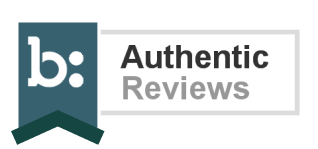

Daily Mileage: 6-9 miles
7 Days
Starting From
$4,845.00
10 Days
Starting From
$5,745.00
per person, double occupancy
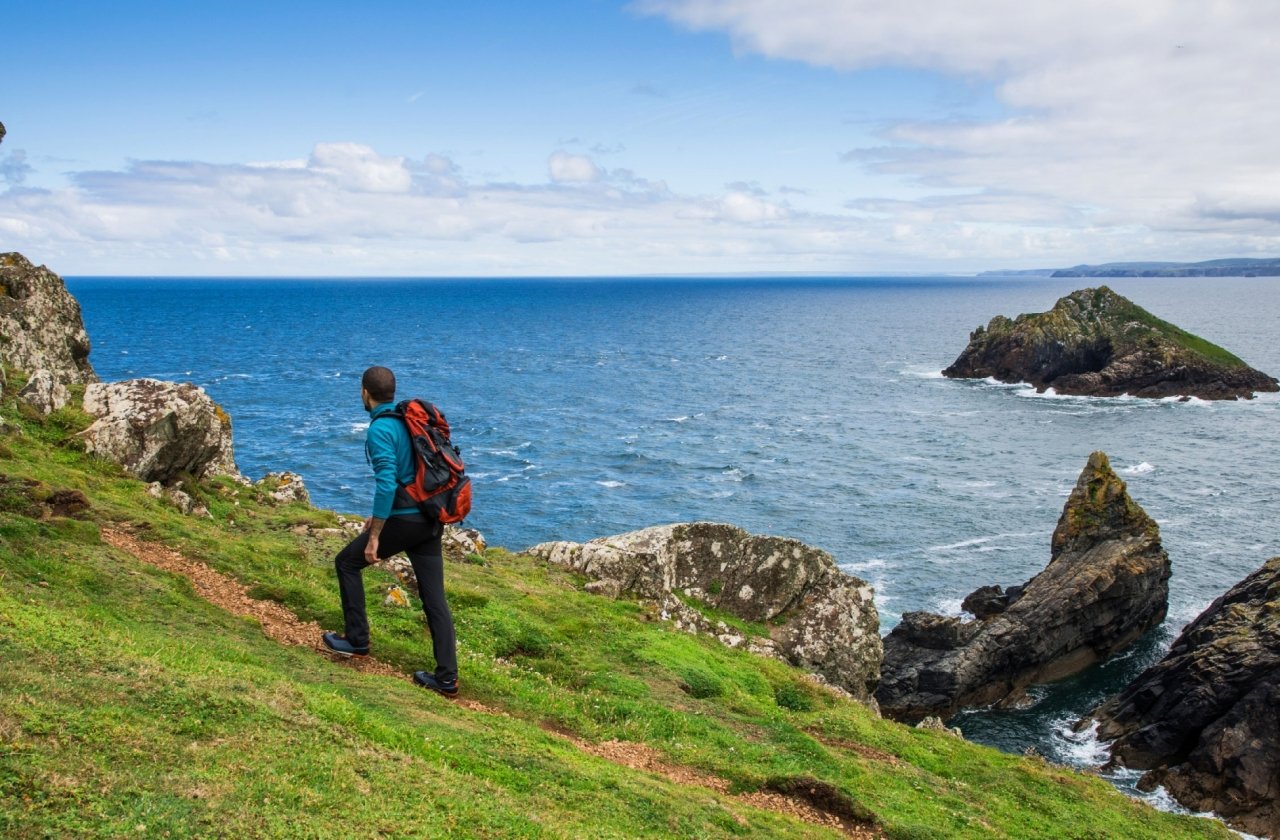

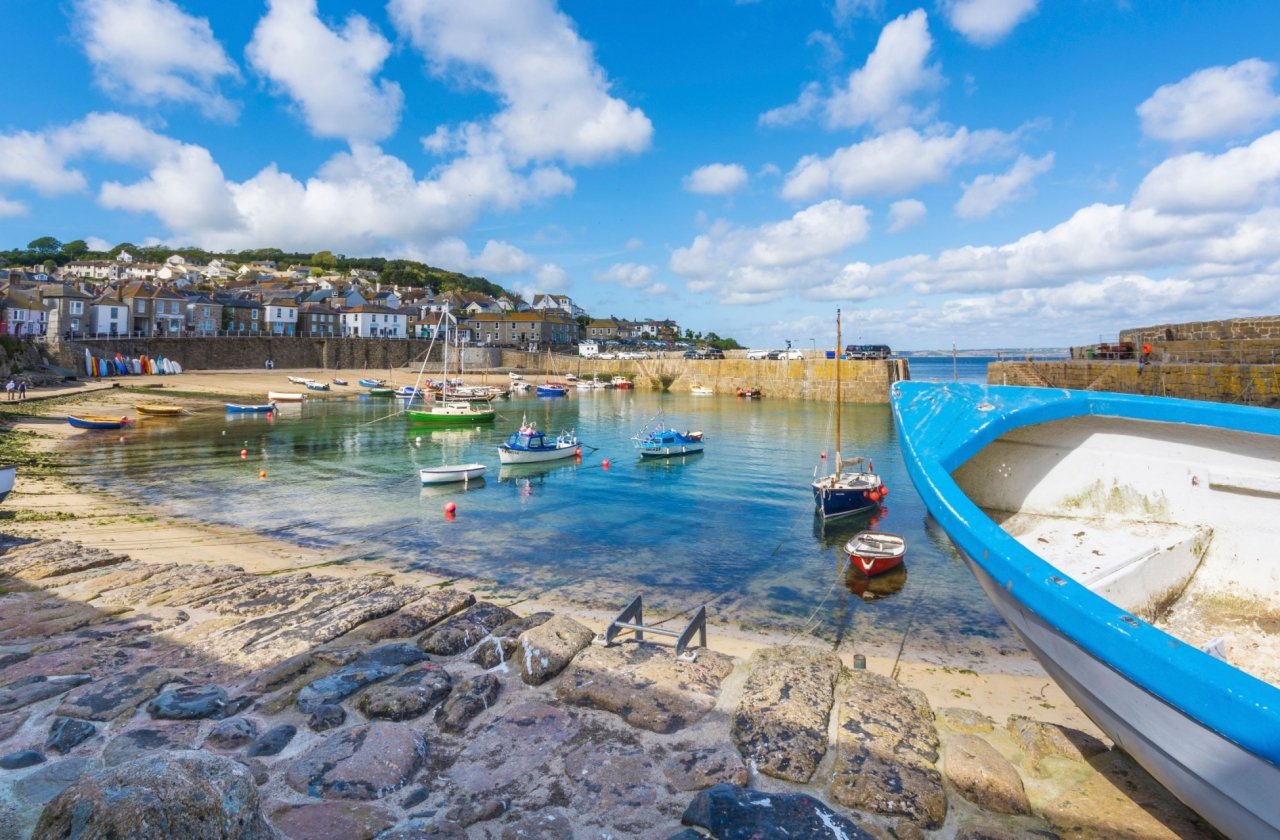











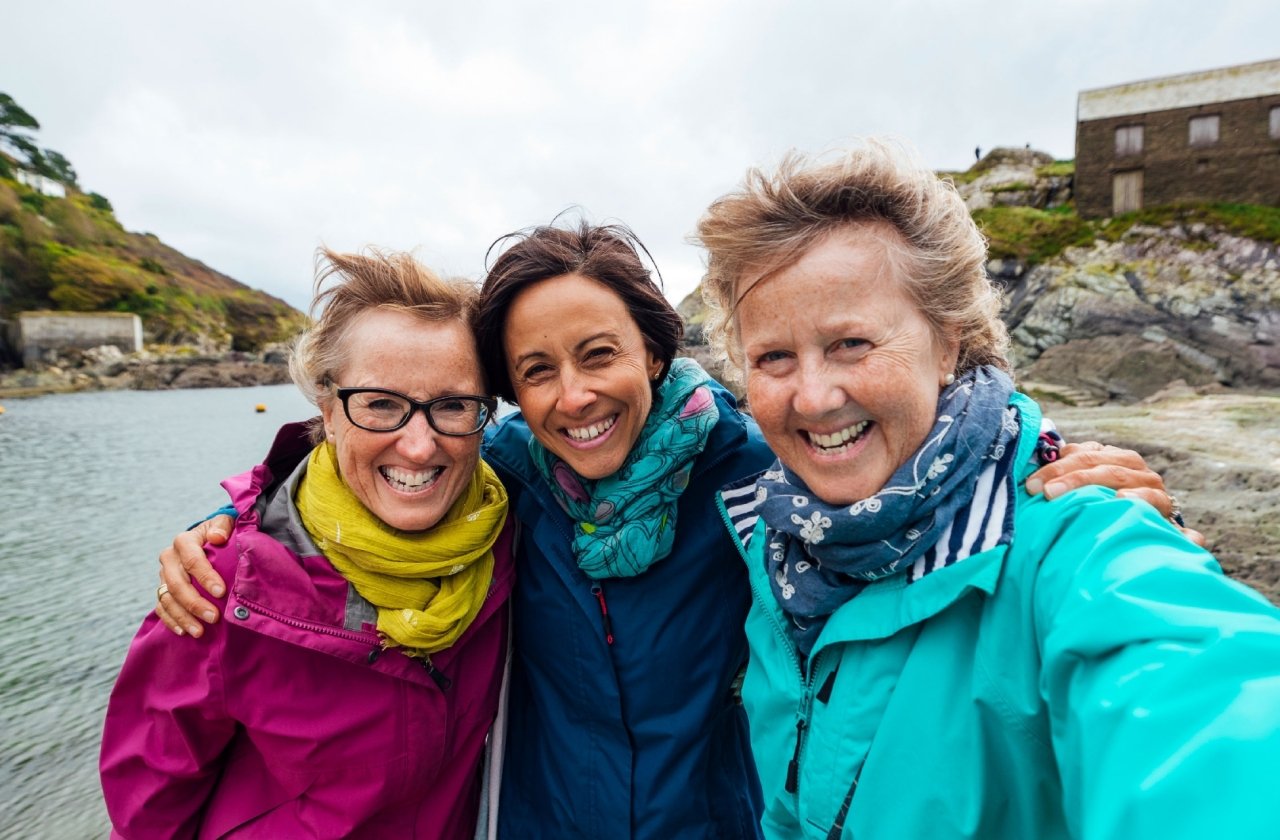











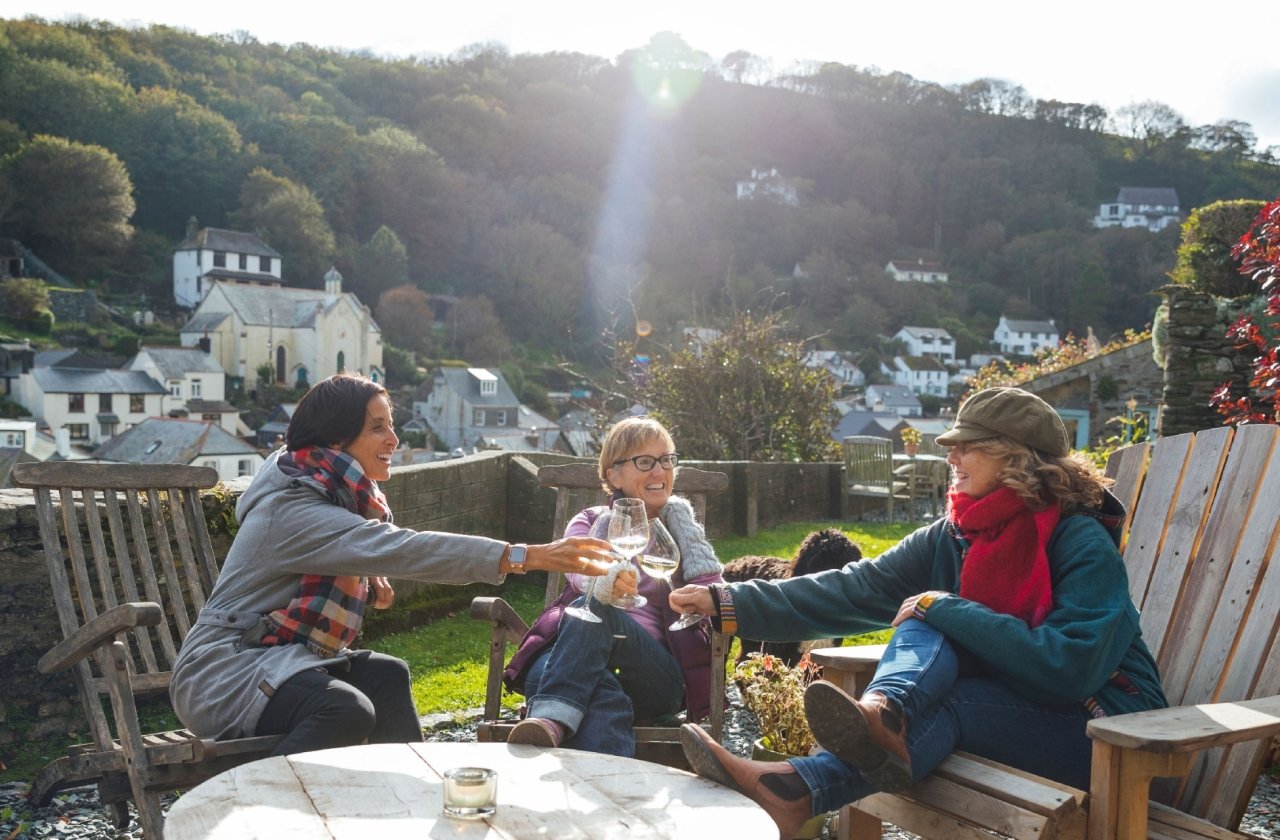











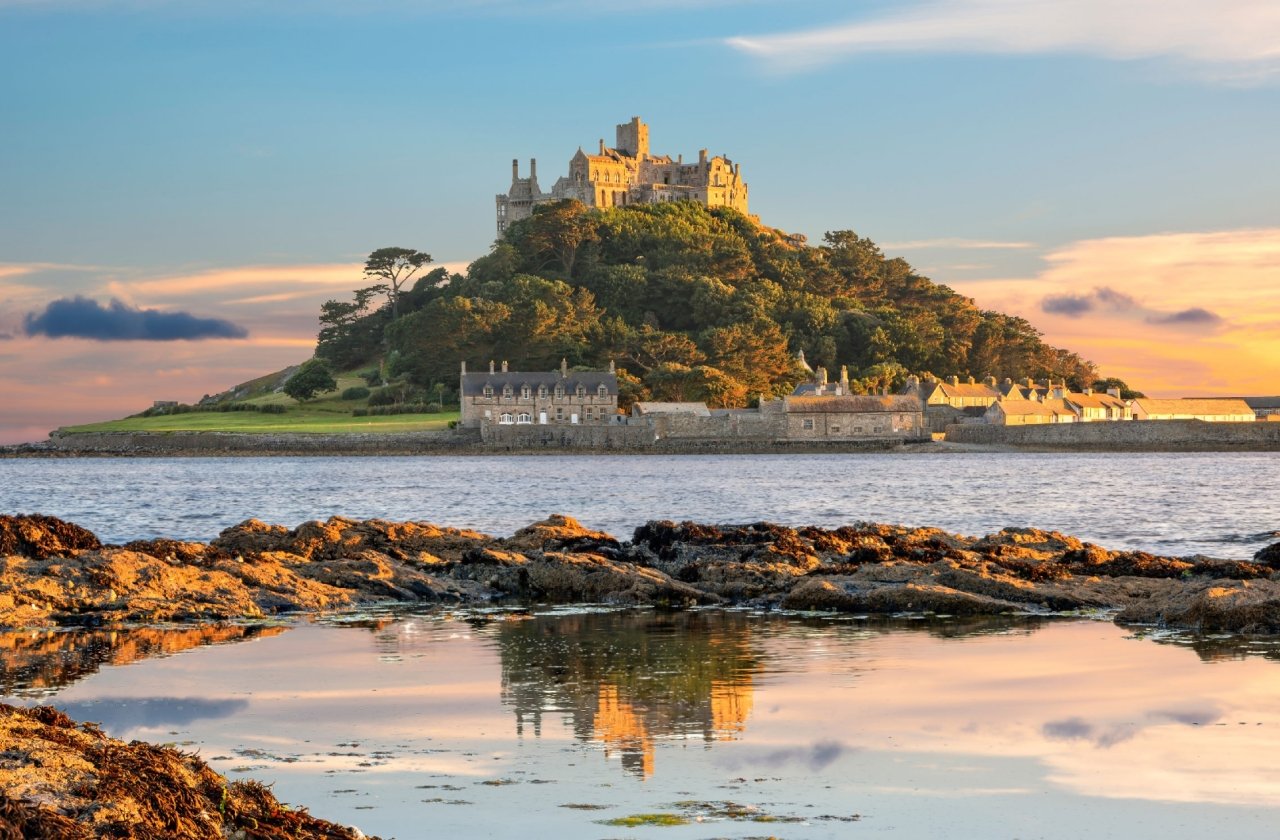























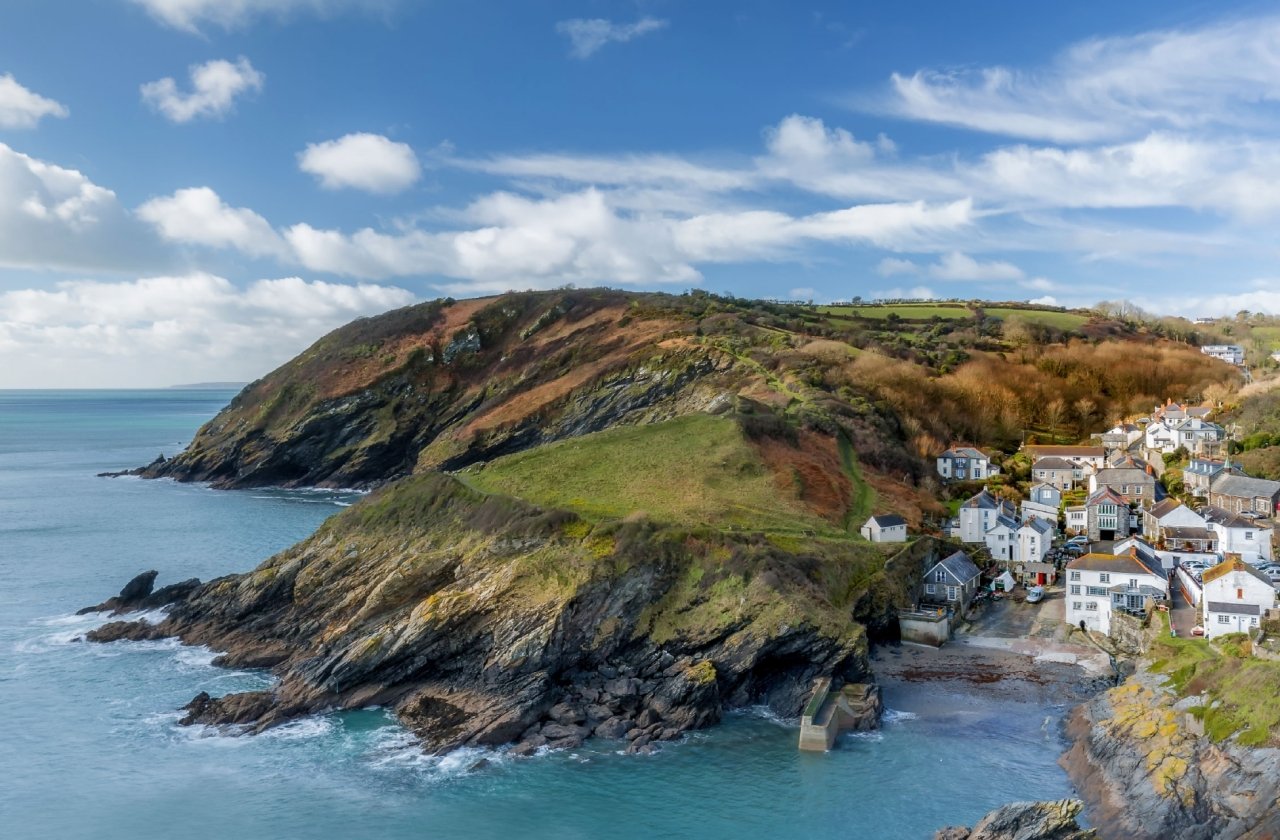











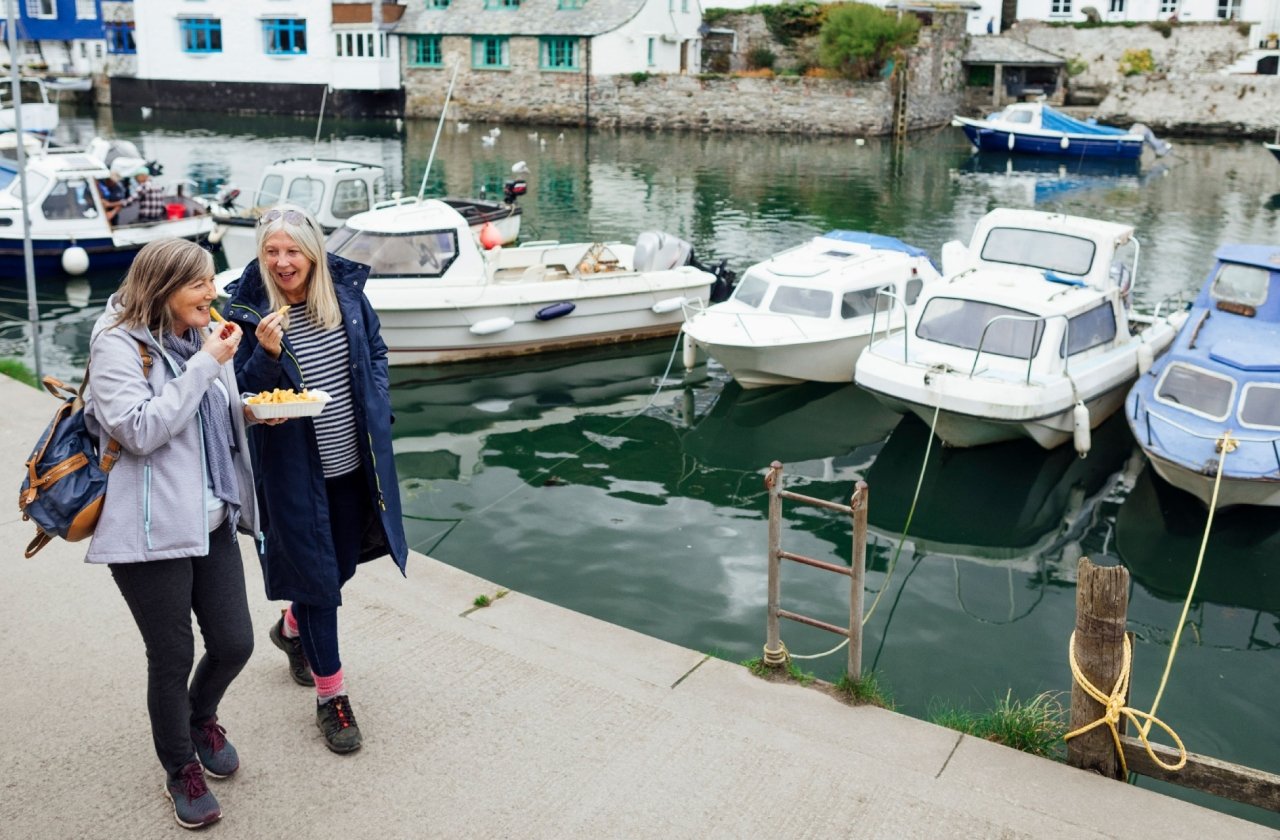











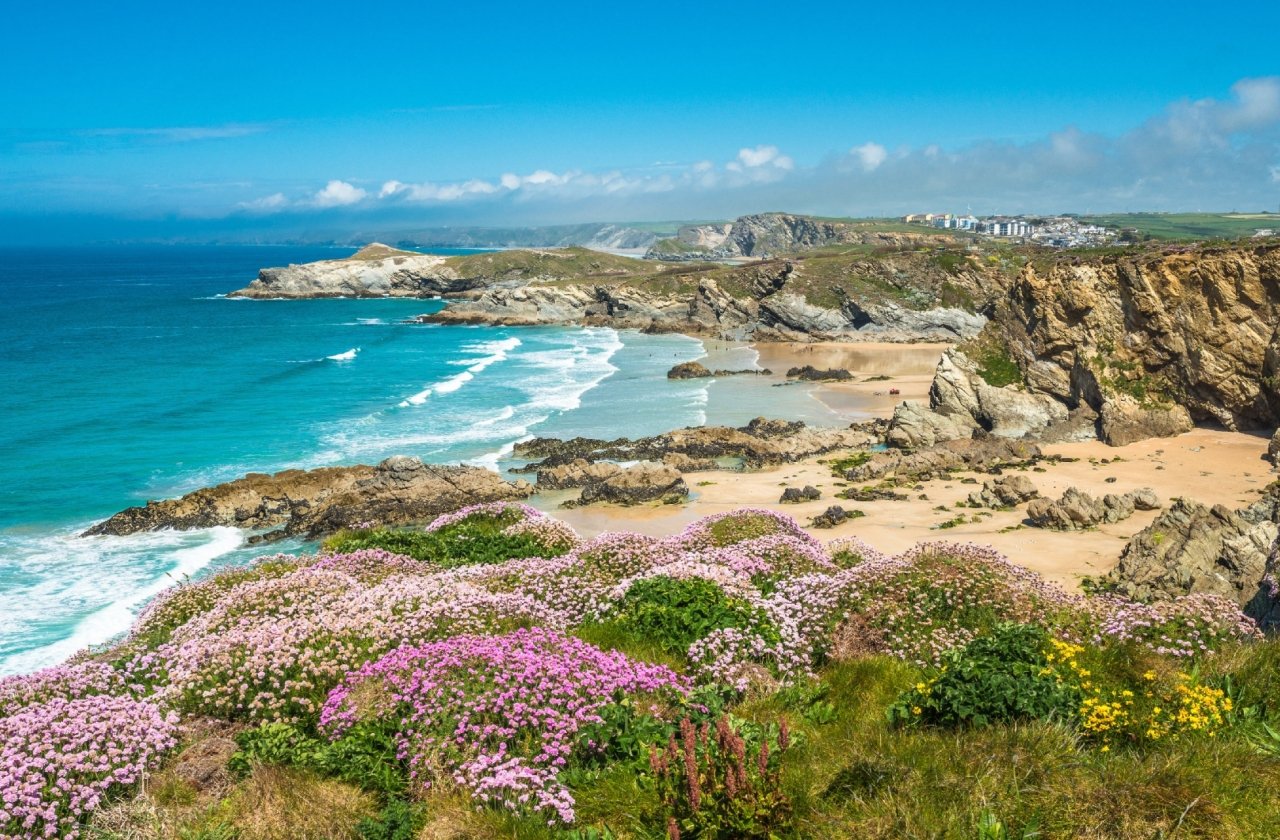











Subtropical beaches might not be the first thing you think of when picturing England, but Cornwall is full of surprises. On this self-guided adventure, we’ll show you where to look along the turquoise waters of the Cornish coast to find smooth beaches, sultry palm trees, incredible seafood, and other unexpected delights. Discover Cornwall in style—staying in high-end seaside hotels with beautifully manicured English gardens and spectacular coastal views. Walk along the scenic coastline—guided by our convenient audio navigation app and detailed route notes. With the flexibility to choose your own adventure, you might decide to pause for an authentic English cream tea, discover Pendennis Castle, or explore St. Michael’s Mount along the way. With 24/7 local support, you can relax and let your cares simply wash away with the tide.
Country Walkers is proud to support The Cornwall Wildlife Trust with a donation on behalf of each guest on this tour. Cornwall’s Atlantic Coast is home to an astonishing array of aquatic species, from vivid coral reefs to sea turtles. However, this bounty is under constant threat from invasive species, fishermen’s nets, and an epidemic of dolphin stranding. The Cornwall Wildlife Trust seeks to protect the regions’ valuable coast, on land and sea. Their “Living Seas Program,” collects data about local marine life, raises awareness about threats, and campaigns for better protection of species and habitats. They gather data on seabeds through diving surveys, collect sightings of larger animals through their Seaquest Southeast Project, and work to map intertidal habitats of the entire coastline from Bude to Land’s End.



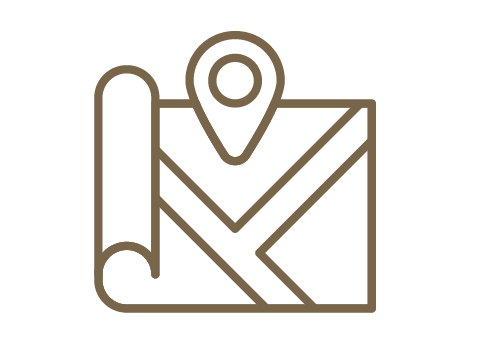

This tour is one of our Self-Guided Walking Adventures, rated easy to moderate, with an average of 6 to 9 miles per day and limited options; while walks typically are not able to be shortened, it is possible to travel with your luggage to your next accommodation on any given day (included in the price of the tour). These mainly exposed coastal walks go from the shore level to the top of headlands and back down to the coast, with elevation gains and losses up to 900 feet. The terrain includes trails that are sandy, rocky, or packed earth with some loose stones or gravel, as well as farming and dirt roads, and occasionally a paved country road. As many walks bring you through open pastures, it’s important to be comfortable around livestock (sheep, cows, horses) and to be prepared for muddy conditions in wet weather. Cornwall’s appealing scenery ranges from far-reaching Atlantic vistas from cliff tops that plunge to tiny coves, to long sandy beaches with crashing waves and sand dunes backed by low hills with prehistoric remains of habitation, as well as mining sites and medieval chapels. A favorite British seaside destination, Cornwall’s picturesque fishing villages and port towns have a long tradition as communities for artists, attracted here by the unique light, the land- and seascapes, and the surprisingly lush and subtropical vegetation. Remember: preparation is the key to ensuring your tour readiness; the more you walk or participate in aerobic exercise prior to your trip, the more you will enjoy your experience!
| Tour Day | Choose Your Route Options | Miles per Option | Hours per Option** | Elevation per Option*** | Activity Level |
|---|---|---|---|---|---|
| 2 | Walk | 5.6 | 03:00 | +750/-750 | easy-moderate |
| 3 | Walk | 6.6 | 03:30 | -500 | easy-moderate |
| 4 | ShortMedium | 6.28.8 | 03:3004:30 | +700/-700 | easy-moderateeasy-moderate |
| 5 | Walk | 6.2 | 03:30 | +550/-550 | easy-moderate |
| 6 | ShortMedium | 56.5 | 02:3004:00 | +500/-500+600/-900 | easy-moderatemoderate |
Alternate options may be available
**Route mileage, hours, and elevation gain/loss are all approximate
***Elevation gain/loss indicated if greater than 500 feet
Wed, May 14 to Fri, May 23, 2025
Depart home for England. The particulars of your overseas arrival are detailed with your flight itinerary.
Upon arrival in London, make your own way by rail to Paddington Station and on to Par, a small town with a busy working port, located nearly halfway down the southern coast of Cornwall. Upon arrival in Par, a taxi brings you about 15 minutes to Fowey, an old fishing village on an estuary of the River Fowey. With its location at the end of the Saint’s Way, a long-distance Cornwall walking path, the town is a gateway into the South Coast’s designated Area of Outstanding Natural Beauty.
Take time today to explore the narrow streets of Fowey’s Old Town, alive with seaside ambiance and maritime history and lined with beautiful medieval and Georgian buildings. Visit the shops, galleries, and tearooms, and stroll the Town Quay, perhaps stopping to visit the Fowey Aquarium or the Fowey Museum. At the museum, you can view the collection of writer Daphne du Maurier, the town’s most famous resident. Later, meet our local representative for an orientation meeting. Dinner is included tonight at the hotel, giving you a chance to sample the town’s renowned Fowey River oysters, local scallops, West Country meats, and Cornish cheeses.
Included Meals: Breakfast, Dinner
5.6 miles, easy to moderate, 750-ft. elevation gain and loss
Wake up to a cooked-to-order Cornish breakfast this morning, then set out on a loop walk with the aid of two ferries. There’ll be ample opportunities to shop for refreshments and lunch on your own. From Fowey, embark a five-minute ferry at Caffa Mill and cross the harbor to Bodinnick. As you arrive, you have views of “Ferryside,” the waterfront house where Daphne du Maurier wrote her first novel in 1928. Today, her son and his family occupy the house. Up a steep, short hill, you see the sign for the National Trust Hall Walk. Follow the mostly level footpath into a lightly wooded area blanketed with heath, gorse, and wildflower, pausing to take in charming views of Fowey town, and the River Fowey and its estuary. Later, you’ll pass the “Q” Monument, a memorial to the Cornish writer Sir Arthur Quiller-Couch. The prolific novelist is mostly remembered for compiling the gigantic volume, The Oxford Book of English Verse, 1250-1900.
Continue through more coastal woodland past hedges bright with primrose, perhaps catching the scent of wild garlic. Nearby is a place where, in 1644, a musket shot narrowly missed King Charles I during the English Civil War. Later, arrive in the small harbor town of Pont, situated at the head of Pont Pill creek. Once a busy quay full of barges, the river silted up over time. This picturesque region, sometimes graced by the majestic grey heron, inspired Kenneth Grahame, author of The Wind in the Willows. Your trail then leads to St. Wyllow’s church, also known as Lanteglos church. Dedicated to a reclusive Irish-born saint who was beheaded by locals, it was (more happily!) the site of Daphne du Maurier’s wedding in 1932.
Your route continues into the fields adjacent to pretty Lantic Bay. The coastal path from here features a 390-foot climb to Blackbottle before you proceed on a mostly downhill track to Polruan. This attractive, sheltered harbor town was once a tiny fishing village and later transformed into a boat-building center. Here, you catch the ferry back to Fowey. For centuries, the crossing was completed by rowboat; passengers could save on their fare if they worked the oars themselves!
This evening, stroll the inviting streets of Fowey, lined with lovely shops and restaurants. For dinner on your own, savor the fresh catch of Cornwall: mussels caught just offshore, seafood hauled in that very day, or lobster or crab netted hours earlier. Complemented by the produce of the surrounding farms, your meal tonight—and those throughout your journey—will be memorable indeed.
Included Meals: Breakfast
6.6 miles, easy to moderate, 450-ft. elevation gain and 500-ft. elevation loss
After breakfast, you drive via taxi about an hour to Portscatho, once renowned for its pilchard, or sardine, fishing. This seaside village is beautifully set on the Roseland Peninsula, one of the most stunning areas of the coast and part of Cornwall’s Area of Outstanding Beauty. This seldom-visited region is squared off by hedgerows and hushed lanes, dotted with tranquil villages and sandy bays, and blanketed with lush, gentle terrain.
Today is a full day of walking the South West Coast Path along the breathtaking Roseland Peninsula. In Portscatho, fuel up with a pastry and tea and pick up ingredients for a picnic lunch that you can enjoy later at a scenic spot. Then begin your walk by tracing the cliff tops above a rocky shore to Towan Beach. Perhaps stop for a refreshment, then walk the headlands at Killigerran and Porthmellin through open fields and farmland to remote Porthbeor Beach. If it’s low tide, you can have a soak in the refreshing tidal pools. Later, from the dense scrub of Zone Point, continue south, keeping watch for seals and their pups off the coast. Porpoises and dolphins have also been seen in these waters. At St. Anthony’s Head, the southernmost point of the peninsula and a National Trust site, take in sweeping views of the entrance to Falmouth Harbor, the deepest natural harbor in Western Europe. This is the Fal Estuary, the world’s third-largest natural harbor and home to a vast array of birdlife. You may detour to St. Anthony’s Lighthouse if you’d like; the 1835 tower boasted the largest bell in Cornwall until it was replaced by a foghorn. Follow a trail to a World War II battery and camp, restored and managed by the National Trust. Avid birders may follow a path to a bird hide, from where you can watch for Goldeneye and Red-breasted Merganser diving duck, colonies of fulmars, flocks of gannets, and shags and cormorants.
Continue along the Coast Path, summiting the headland at Amsterdam Point before descending to Cellars Beach. A woodland path then leads you to Place, a quaint seaside hamlet where you will find the Place House, a lovely country estate, and the adjacent ferry terminal for your 10-minute crossing to St. Mawes. Hugging the mouth of the Percuil River, this was an important port during medieval days and remains home to the best-preserved of Henry VIII’s fortresses. Enjoy the rest of the day to settle in and explore the pretty town’s numerous galleries and shops. Dinner is included at the hotel.
Included Meals: Breakfast, Dinner
6.2 miles, easy to moderate, 400-ft. elevation gain and loss OR 8.8 miles, easy to moderate, 700-ft. elevation gain and loss
The charms of St. Mawes are endless. Rows of whitewashed and pastel houses and cob cottages look out over the water from narrow hilly streets, as colorful sailing vessels dot a sheltered bay. Its gloriously preserved, clover-leaf-shaped castle was built in the mid-1600s, along with Pendennis Castle across the estuary, to defend England from possible invasion by France, Spain, and the Pope. The fortress retains much of its Tudor style and is a delight to explore. And you may do so at your own expense (approximately £8.50 per person) if you wish, regardless of the walk you choose today.
Your first option traces the Percuil River on a footpath through the bluebell woods of Bosloggas. A National Trust trail points you through the fields of Tregear Vean, grazing land marked by many stiles and gates. This pathway follows a high ridge from which you enjoy breathtaking vistas of the estuary and the sea. Take it all in at a relaxed pace, then arrive at St. Just in Roseland, called by many “the most beautiful churchyard on earth.” Its setting is sublime, nestled among semi-tropical shrubs and trees along a tidal creek. You’ll want to spend time strolling the winding walkways lined with bamboo trees and other tropical plantings and admiring the colorful canvas of snowdrops, hydrangeas, marigolds, heather, and countless other flowers. The church, too, is a wonder, a 13th-century treasure. After a picnic lunch or cream tea here, you return to St. Mawes via the banks of the Fal River estuary, an area known as Carrick Roads to locals. You traverse more than a dozen fields kept by the National Trust, glancing across the waters to Pendennis Castle and Falmouth, the latter with its busy shipyard. St. Mawes Castle welcomes you back to your home base.
If you prefer, take the ferry to Falmouth, a town rich in nautical history. News of Admiral Nelson’s death at Trafalgar first landed on England’s shores here in 1805, and Charles Darwin disembarked the HMS Beagle at this port in 1836. Upon arrival, you have the chance to absorb the maritime ambiance of the city as you follow streets inland, perhaps stopping to browse the works at an art gallery or peruse the fascinating exhibits at the National Maritime Museum. Leave city streets behind for the fertile Cornish farmland and cross open fields as you make your way to Maenporth. Pause here to relax on its wide sandy cove before following the South West Coast Path, a gentle hike across flat seafront that affords access to beaches at Swanpool and Gyllyngvase, each separated by a small headland. An uphill path delivers you to Pendennis Point and its historic castle, brother to St. Mawes Castle across the estuary. After exploring this impressive citadel (at your own expense; approximately £12.50 per person), return to the ferry terminal for your return trip to St. Mawes.
You may instead follow your own whims today, free of an agenda. Explore St. Mawes Castle, or ferry over to Falmouth to explore its cultural and historic riches. Visit Pendennis Castle and find the ideal spot for lunch, whether a traditional deli, pub, or a waterside café.
Included Meals: Breakfast
6.2 miles, easy to moderate, 550-ft. elevation gain and loss
Taxi to the surfing village of Praa Sands this morning. Part of your one-hour journey requires a crossing on the King Harry Ferry, one of only five chain ferries still operating in England and an icon of Cornwall’s heritage. At a beachside pub, you set out into another of the county’s Areas of Outstanding Natural Beauty, with sandy beaches, tiny coves, and dramatic cliffs.
Follow the South West Coast Path uphill to round Hoe Point, where it undulates over clifftops along a patchwork of fields. At the rugged inlet of Pesreath Cove, admire the tiny beach below and traverse a scrub-lined trail to the larger Kenneggy Sands beach and the historic Prussia Cove. This cove was home to the notorious 18th-century ship wrecker and smuggler John Carter, nicknamed the King of Prussia. Notice the cave entrances covered in bricks as you walk; the grottoes were reportedly once used to store contraband. In 1947, the HMS Warspite (called “the ship that refused to die”) ran aground here as she was being towed to land at the end of her career. Today, Prussia Cove (which actually comprises four coves: Coule’s, King’s, Bessy’s, and Piskies) is a peaceful and breathtaking stretch of coast. It also serves as an inspiration to students of the International Musicians Seminar, which occupies a scenically perched Art Nouveau building.
Take your time today and enjoy the secluded beauty of this stunning series of coves. Hike the steep steps down to the tiny pebble beach of Bessy’s Cove. Skirt around to Piskies Cove and admire the sandy shore and the varied blue shades of its water. Climb to the narrow headland of Cudden Point, where you might spot a seal colony. At this impressive height, you get your first spectacular views of St. Michael’s Mount, rising offshore in the distance, in the shape of a wedding cake.
Stackhouse and Trevean coves follow as you continue along the rugged coast dotted with gorse and scrub, tracing walking trails and vehicle tracks. Pause at Perran Sands to renew and refresh in the water and perhaps have lunch. Before getting underway again, explore the quaint village of Perranuthnoe, home to a small, Norman-style church dedicated to the patron saint of Cornwall, St. Piran. And pass what could be the oldest recorded inn of Cornwall, a now-Victorian building with roots dating to the 12th century.
Return to the flat fields squared by Cornish hedges, native tamarisk, and boulders. These sheltered parcels, mild climate, and fertile soil are ideal for flower farming. Head around Basore Point and rocky Ternow Cove before turning inland to the ancient market town of Marazion. An active artist community of painters and potters, it claims to be England’s oldest settlement.
This afternoon, you can explore the fascinating scenery and history of “The Mount,” viewing it from the shore, walking out to the tidal island at low tide, or crossing by boat. Originally, it had Benedictine connections to Mont Saint-Michel in Brittany; its monastic buildings date to the 12th century. Historical clues suggest the island was a tin port in prehistoric times, and it may even have been mentioned by the Romans and Greeks. By 1424, the connection with the French island monastery ended, and it passed through the hands of various aristocratic landowners over the centuries. Now, the Mount is managed by Britain’s National Trust, with a 999-year lease held by the St. Aubyn family.
This evening, a 20-minute taxi ride delivers you to your inn in the picture-perfect fishing village of Mousehole, described by the poet Dylan Thomas as “the loveliest village in England.” Enjoy dinner at your inn or in town.
Included Meals: Breakfast
6.5 miles, moderate, 600-ft. elevation gain and 900-ft. elevation loss OR 5 miles, easy to moderate, 500-ft. elevation gain and loss
After another hearty breakfast, choose again from two walking options. Maybe the most outstanding walk in Cornwall, the first (more challenging) option begins with a taxi ride to the little village of Zennor, set above high, rocky cliffs amid boulder-strewn hills and moors. The granite here was quarried to build parts of St. Ives and the walls of Falmouth Harbor. You set out into this romantic, brooding landscape at the Tinners Arms, the town’s only pub. Zennor’s 1150 Norman church is notable for its medieval carvings of the Mermaid of Zennor, who is said to have lured a local parish singer into the sea, never to be seen again. During World War I, this was also home to D.H. Lawrence, who praised Zennor’s setting as “lovelier than the Mediterranean.”
Your footfalls first lead you along the South West Coast Path around Zennor Head. Though its granite cliffs soar 200 feet from the sea, the head’s highest point is an impressive 314 feet. The head was mined for copper in the Victorian Age. Cornwall still boasts about 30,000 miles of stone-based hedges, most of them established in ancient times. Some of them are here on Zennor Head and they reveal much about the area’s 6,000-year-old Bronze Age farming system. Lands here are still farmed responsibly to preserve wildlife and historic Neolithic features.
Continue along a fairly rigorous footpath, plunging down towering cliffs to splendid coves, and then climb to the next head. Expect to do some boulder scrambling during this segment. At Mussel Point, your halfway mark, take in the magnificent views of rugged cliffs and perhaps pause for a picnic. Off shore, admire the rocky islands known as The Carracks and Little Carracks, the Cornish word for “rocks.” You might spot grey seals on the largest of them. Your route from here levels out a bit, following cliffs, grassland, and heathland to Porthmeor Beach, the premier beach of St. Ives and one of Cornwall’s finest. Its long golden sands, overseen by artists’ studios, take the full force of the Atlantic surf, flanked as it is by rugged headlands. There’ll be time to explore St. Ives, a quaint seaside resort, with its many craft shops and galleries. If you wish, wander into the narrow lanes to visit the satellite Tate Gallery here, or the Hepworth Collection, before being driven back to your inn.
Today’s second (easy-to-moderate) walk option begins and ends at the historical harbor front in Mousehole. Once a busy port crowded with fishing boats landing pilchards, today, Mousehole is one of the most charming harbor villages in the country. Its cobbled streets wind down toward a tiny stone harbor scattered with net-stacked fishing boats, ringed by small shops, galleries, and pubs crafted from finely grained Lamorna granite. Join the South West Coast Path at the southern end of the village and follow it along the edge of weather-beaten cliffs, over exposed fields, and through the shaded tree tunnels of the Kemyel Crease Nature Reserve, a conifer plantation sloping down to the sea. Shortly after rounding the headland of Carn Du with its panoramic views, you arrive in the tiny hamlet of Lamorna Cove, clustered around the shimmering sea. Apart from the natural beauty of this small cove, Lamorna is perhaps best known for the Post-Impressionist artists who came to stay here in the early part of the 20th century. There are still many artists and crafters living in the area around Lamorna today whose works may be found in several of the area’s potteries and galleries. Pause for lunch or a refreshment at the seaside café or the traditional pub just a short walk inland. The return route to Mousehole loops through the Lamorna granite quarries and across the fields of the clifftop farms overlooking St Clement’s Isle and St Michael’s Mount. Enjoy a final farewell dinner on your own.
Included Meals: Breakfast
After a sumptuous breakfast, a taxi ride of about 10–15 minutes delivers you to the Penzance train station, where your tour concludes. From Penzance, board a train at your leisure to London, where you are free to enjoy a final day of exploration.
Included Meals: Breakfast
After an included breakfast*, make your own independent travel arrangements to London Heathrow Airport for your onward travels. For details, refer to your Vacation Preparation Handbook.
*For guests with early-morning departures, breakfast at the hotel may not be available.
Included Meals: Breakfast



Fri, May 16 to Thu, May 22, 2025
Make your own way to the railway station at Par, a small town with a busy working port, located nearly halfway down the southern coast of Cornwall. Upon arrival, a taxi brings you about 15 minutes to Fowey, an old fishing village on an estuary of the River Fowey. With its location at the end of the Saint’s Way, a long-distance Cornwall walking path, the town is a gateway into the South Coast’s designated Area of Outstanding Natural Beauty. Take time to explore the narrow streets of the Old Town, alive with seaside ambiance and maritime history and lined with beautiful medieval and Georgian buildings. Visit the shops, galleries, and tearooms, and stroll the Town Quay, perhaps stopping to visit the Fowey Aquarium or the Fowey Museum. At the museum, you can view the collection of writer Daphne du Maurier, the town’s most famous resident. Later, meet our local representative for an orientation meeting. Dinner is included tonight at the hotel, giving you a chance to sample the town’s renowned Fowey River oysters, local scallops, West Country meats, and Cornish cheeses.
Included Meals: Dinner
5.6 miles, easy to moderate, 750-ft. elevation gain and loss
Wake up to a cooked-to-order Cornish breakfast this morning, then set out on a loop walk with the aid of two ferries. There’ll be ample opportunities to shop for refreshments and lunch on your own. From Fowey, embark a five-minute ferry at Caffa Mill and cross the harbor to Bodinnick. As you arrive, you have views of “Ferryside,” the waterfront house where Daphne du Maurier wrote her first novel in 1928. Today, her son and his family occupy the house. Up a steep, short hill, you see the sign for the National Trust Hall Walk. Follow the mostly level footpath into a lightly wooded area blanketed with heath, gorse, and wildflower, pausing to take in charming views of Fowey town, and the River Fowey and its estuary. Later, you’ll pass the “Q” Monument, a memorial to the Cornish writer Sir Arthur Quiller-Couch. The prolific novelist is mostly remembered for compiling the gigantic volume, The Oxford Book of English Verse, 1250-1900.
Continue through more coastal woodland past hedges bright with primrose, perhaps catching the scent of wild garlic. Nearby is a place where, in 1644, a musket shot narrowly missed King Charles I during the English Civil War. Later, arrive in the small harbor town of Pont, situated at the head of Pont Pill creek. Once a busy quay full of barges, the river silted up over time. This picturesque region, sometimes graced by the majestic grey heron, inspired Kenneth Grahame, author of The Wind in the Willows. Your trail then leads to St. Wyllow’s church, also known as Lanteglos church. Dedicated to a reclusive Irish-born saint who was beheaded by locals, it was (more happily!) the site of Daphne du Maurier’s wedding in 1932.
Your route continues into the fields adjacent to pretty Lantic Bay. The coastal path from here features a 390-foot climb to Blackbottle before you proceed on a mostly downhill track to Polruan. This attractive, sheltered harbor town was once a tiny fishing village and later transformed into a boat-building center. Here, you catch the ferry back to Fowey. For centuries, the crossing was completed by rowboat; passengers could save on their fare if they worked the oars themselves!
This evening, stroll the inviting streets of Fowey, lined with lovely shops and restaurants. For dinner on your own, savor the fresh catch of Cornwall: mussels caught just offshore, seafood hauled in that very day, or lobster or crab netted hours earlier. Complemented by the produce of the surrounding farms, your meal tonight—and those throughout your journey—will be memorable indeed.
Included Meals: Breakfast
6.6 miles, easy to moderate, 450-ft. elevation gain and 500-ft. elevation loss
After breakfast, you drive via taxi about an hour to Portscatho, once renowned for its pilchard, or sardine, fishing. This seaside village is beautifully set on the Roseland Peninsula, one of the most stunning areas of the coast and part of Cornwall’s Area of Outstanding Beauty. This seldom-visited region is squared off by hedgerows and hushed lanes, dotted with tranquil villages and sandy bays, and blanketed with lush, gentle terrain.
Today is a full day of walking the South West Coast Path along the breathtaking Roseland Peninsula. In Portscatho, fuel up with a pastry and tea and pick up ingredients for a picnic lunch that you can enjoy later at a scenic spot. Then begin your walk by tracing the cliff tops above a rocky shore to Towan Beach. Perhaps stop for a refreshment, then walk the headlands at Killigerran and Porthmellin through open fields and farmland to remote Porthbeor Beach. If it’s low tide, you can have a soak in the refreshing tidal pools. Later, from the dense scrub of Zone Point, continue south, keeping watch for seals and their pups off the coast. Porpoises and dolphins have also been seen in these waters. At St. Anthony’s Head, the southernmost point of the peninsula and a National Trust site, take in sweeping views of the entrance to Falmouth Harbor, the deepest natural harbor in Western Europe. This is the Fal Estuary, the world’s third-largest natural harbor and home to a vast array of birdlife. You may detour to St. Anthony’s Lighthouse if you’d like; the 1835 tower boasted the largest bell in Cornwall until it was replaced by a foghorn. Follow a trail to a World War II battery and camp, restored and managed by the National Trust. Avid birders may follow a path to a bird hide, from where you can watch for Goldeneye and Red-breasted Merganser diving duck, colonies of fulmars, flocks of gannets, and shags and cormorants.
Continue along the Coast Path, summiting the headland at Amsterdam Point before descending to Cellars Beach. A woodland path then leads you to Place, a quaint seaside hamlet where you will find the Place House, a lovely country estate, and the adjacent ferry terminal for your 10-minute crossing to St. Mawes. Hugging the mouth of the Percuil River, this was an important port during medieval days and remains home to the best-preserved of Henry VIII’s fortresses. Enjoy the rest of the day to settle in and explore the pretty town’s numerous galleries and shops. Dinner is included at the hotel.
Included Meals: Breakfast, Dinner
6.2 miles, easy to moderate, 400-ft. elevation gain and loss OR 8.8 miles, easy to moderate, 700-ft. elevation gain and loss
The charms of St. Mawes are endless. Rows of whitewashed and pastel houses and cob cottages look out over the water from narrow hilly streets, as colorful sailing vessels dot a sheltered bay. Its gloriously preserved, clover-leaf-shaped castle was built in the mid-1600s, along with Pendennis Castle across the estuary, to defend England from possible invasion by France, Spain, and the Pope. The fortress retains much of its Tudor style and is a delight to explore. And you may do so at your own expense (approximately £8.50 per person) if you wish, regardless of the walk you choose today.
Your first option traces the Percuil River on a footpath through the bluebell woods of Bosloggas. A National Trust trail points you through the fields of Tregear Vean, grazing land marked by many stiles and gates. This pathway follows a high ridge from which you enjoy breathtaking vistas of the estuary and the sea. Take it all in at a relaxed pace, then arrive at St. Just in Roseland, called by many “the most beautiful churchyard on earth.” Its setting is sublime, nestled among semi-tropical shrubs and trees along a tidal creek. You’ll want to spend time strolling the winding walkways lined with bamboo trees and other tropical plantings and admiring the colorful canvas of snowdrops, hydrangeas, marigolds, heather, and countless other flowers. The church, too, is a wonder, a 13th-century treasure. After a picnic lunch or cream tea here, you return to St. Mawes via the banks of the Fal River estuary, an area known as Carrick Roads to locals. You traverse more than a dozen fields kept by the National Trust, glancing across the waters to Pendennis Castle and Falmouth, the latter with its busy shipyard. St. Mawes Castle welcomes you back to your home base.
If you prefer, take the ferry to Falmouth, a town rich in nautical history. News of Admiral Nelson’s death at Trafalgar first landed on England’s shores here in 1805, and Charles Darwin disembarked the HMS Beagle at this port in 1836. Upon arrival, you have the chance to absorb the maritime ambiance of the city as you follow streets inland, perhaps stopping to browse the works at an art gallery or peruse the fascinating exhibits at the National Maritime Museum. Leave city streets behind for the fertile Cornish farmland and cross open fields as you make your way to Maenporth. Pause here to relax on its wide sandy cove before following the South West Coast Path, a gentle hike across flat seafront that affords access to beaches at Swanpool and Gyllyngvase, each separated by a small headland. An uphill path delivers you to Pendennis Point and its historic castle, brother to St. Mawes Castle across the estuary. After exploring this impressive citadel (at your own expense; approximately £12.50 per person), return to the ferry terminal for your return trip to St. Mawes.
You may instead follow your own whims today, free of an agenda. Explore St. Mawes Castle, or ferry over to Falmouth to explore its cultural and historic riches. Visit Pendennis Castle and find the ideal spot for lunch, whether a traditional deli, pub, or a waterside café.
Included Meals: Breakfast
6.2 miles, easy to moderate, 550-ft. elevation gain and loss
Taxi to the surfing village of Praa Sands this morning. Part of your one-hour journey requires a crossing on the King Harry Ferry, one of only five chain ferries still operating in England and an icon of Cornwall’s heritage. At a beachside pub, you set out into another of the county’s Areas of Outstanding Natural Beauty, with sandy beaches, tiny coves, and dramatic cliffs.
Follow the South West Coast Path uphill to round Hoe Point, where it undulates over clifftops along a patchwork of fields. At the rugged inlet of Pesreath Cove, admire the tiny beach below and traverse a scrub-lined trail to the larger Kenneggy Sands beach and the historic Prussia Cove. This cove was home to the notorious 18th-century ship wrecker and smuggler John Carter, nicknamed the King of Prussia. Notice the cave entrances covered in bricks as you walk; the grottoes were reportedly once used to store contraband. In 1947, the HMS Warspite (called “the ship that refused to die”) ran aground here as she was being towed to land at the end of her career. Today, Prussia Cove (which actually comprises four coves: Coule’s, King’s, Bessy’s, and Piskies) is a peaceful and breathtaking stretch of coast. It also serves as an inspiration to students of the International Musicians Seminar, which occupies a scenically perched Art Nouveau building.
Take your time today and enjoy the secluded beauty of this stunning series of coves. Hike the steep steps down to the tiny pebble beach of Bessy’s Cove. Skirt around to Piskies Cove and admire the sandy shore and the varied blue shades of its water. Climb to the narrow headland of Cudden Point, where you might spot a seal colony. At this impressive height, you get your first spectacular views of St. Michael’s Mount, rising offshore in the distance, in the shape of a wedding cake.
Stackhouse and Trevean coves follow as you continue along the rugged coast dotted with gorse and scrub, tracing walking trails and vehicle tracks. Pause at Perran Sands to renew and refresh in the water and perhaps have lunch. Before getting underway again, explore the quaint village of Perranuthnoe, home to a small, Norman-style church dedicated to the patron saint of Cornwall, St. Piran. And pass what could be the oldest recorded inn of Cornwall, a now-Victorian building with roots dating to the 12th century.
Return to the flat fields squared by Cornish hedges, native tamarisk, and boulders. These sheltered parcels, mild climate, and fertile soil are ideal for flower farming. Head around Basore Point and rocky Ternow Cove before turning inland to the ancient market town of Marazion. An active artist community of painters and potters, it claims to be England’s oldest settlement.
This afternoon, you can explore the fascinating scenery and history of “The Mount,” viewing it from the shore, walking out to the tidal island at low tide, or crossing by boat. Originally, it had Benedictine connections to Mont Saint-Michel in Brittany; its monastic buildings date to the 12th century. Historical clues suggest the island was a tin port in prehistoric times, and it may even have been mentioned by the Romans and Greeks. By 1424, the connection with the French island monastery ended, and it passed through the hands of various aristocratic landowners over the centuries. Now, the Mount is managed by Britain’s National Trust, with a 999-year lease held by the St. Aubyn family.
This evening, a 20-minute taxi ride delivers you to your inn in the picture-perfect fishing village of Mousehole, described by the poet Dylan Thomas as “the loveliest village in England.” Enjoy dinner at your inn or in town.
Included Meals: Breakfast
6.5 miles, moderate, 600-ft. elevation gain and 900-ft. elevation loss OR 5 miles, easy to moderate, 500-ft. elevation gain and loss
After another hearty breakfast, choose again from two walking options. Maybe the most outstanding walk in Cornwall, the first (more challenging) option begins with a taxi ride to the little village of Zennor, set above high, rocky cliffs amid boulder-strewn hills and moors. The granite here was quarried to build parts of St. Ives and the walls of Falmouth Harbor. You set out into this romantic, brooding landscape at the Tinners Arms, the town’s only pub. Zennor’s 1150 Norman church is notable for its medieval carvings of the Mermaid of Zennor, who is said to have lured a local parish singer into the sea, never to be seen again. During World War I, this was also home to D.H. Lawrence, who praised Zennor’s setting as “lovelier than the Mediterranean.”
Your footfalls first lead you along the South West Coast Path around Zennor Head. Though its granite cliffs soar 200 feet from the sea, the head’s highest point is an impressive 314 feet. The head was mined for copper in the Victorian Age. Cornwall still boasts about 30,000 miles of stone-based hedges, most of them established in ancient times. Some of them are here on Zennor Head and they reveal much about the area’s 6,000-year-old Bronze Age farming system. Lands here are still farmed responsibly to preserve wildlife and historic Neolithic features.
Continue along a fairly rigorous footpath, plunging down towering cliffs to splendid coves, and then climb to the next head. Expect to do some boulder scrambling during this segment. At Mussel Point, your halfway mark, take in the magnificent views of rugged cliffs and perhaps pause for a picnic. Off shore, admire the rocky islands known as The Carracks and Little Carracks, the Cornish word for “rocks.” You might spot grey seals on the largest of them. Your route from here levels out a bit, following cliffs, grassland, and heathland to Porthmeor Beach, the premier beach of St. Ives and one of Cornwall’s finest. Its long golden sands, overseen by artists’ studios, take the full force of the Atlantic surf, flanked as it is by rugged headlands. There’ll be time to explore St. Ives, a quaint seaside resort, with its many craft shops and galleries. If you wish, wander into the narrow lanes to visit the satellite Tate Gallery here, or the Hepworth Collection, before being driven back to your inn.
Today’s second (easy-to-moderate) walk option begins and ends at the historical harbor front in Mousehole. Once a busy port crowded with fishing boats landing pilchards, today, Mousehole is one of the most charming harbor villages in the country. Its cobbled streets wind down toward a tiny stone harbor scattered with net-stacked fishing boats, ringed by small shops, galleries, and pubs crafted from finely grained Lamorna granite. Join the South West Coast Path at the southern end of the village and follow it along the edge of weather-beaten cliffs, over exposed fields, and through the shaded tree tunnels of the Kemyel Crease Nature Reserve, a conifer plantation sloping down to the sea. Shortly after rounding the headland of Carn Du with its panoramic views, you arrive in the tiny hamlet of Lamorna Cove, clustered around the shimmering sea. Apart from the natural beauty of this small cove, Lamorna is perhaps best known for the Post-Impressionist artists who came to stay here in the early part of the 20th century. There are still many artists and crafters living in the area around Lamorna today whose works may be found in several of the area’s potteries and galleries. Pause for lunch or a refreshment at the seaside café or the traditional pub just a short walk inland. The return route to Mousehole loops through the Lamorna granite quarries and across the fields of the clifftop farms overlooking St Clement’s Isle and St Michael’s Mount. Enjoy a final farewell dinner on your own.
Included Meals: Breakfast
After a sumptuous breakfast, a taxi ride of about 10–15 minutes delivers you to the Penzance train station, where your tour concludes.
Included Meals: Breakfast



Arrival Day & Tour Days 1, 2
Fowey Harbour Hotel
This 37-room boutique hotel overlooks the Fowey estuary from beautifully manicured grounds and tiered gardens bisected by the South West Coast Path. Fully renovated in 2019, this historical Victorian landmark has been transformed into a striking, chic seaside retreat, characterized by a vibrant contemporary design with a touch of the exotic: lavish, yet calm, communal spaces pair eye-catching wallpaper with rattan furnishings. Smoked mirrors reflect plenty of light and scene-stealing estuary views; pale wood and a palette of variegated blues keep things airy and bright. Un-airconditioned, individually styled guest rooms—most with estuary views—feature a fresh, contemporary décor inspired by soothing coastal palettes. Luxurious amenities include complimentary gin and sherry trays, flat-screen TVs, tea and coffee facilities, and Egyptian cotton bedding. Bathrooms are bright and calming, with oversized mirrors, large walk-in rain-showers, bathrobes and slippers, and toiletries by The White Company. Fowey’s fishermen keep the hotel’s casual, all-day Kitchen, Bar & Terrace stocked with the daily catch, served alongside light, seasonal, and locally sourced Cornish cuisine. As well, there is a lower lawn overlooking the estuary, complete with a hut serving ice cream, cream teas, and crab sandwiches. Please note: this accommodation is available on limited departures.









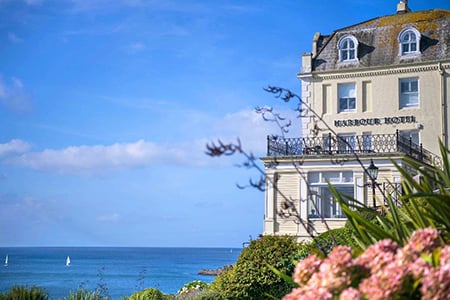

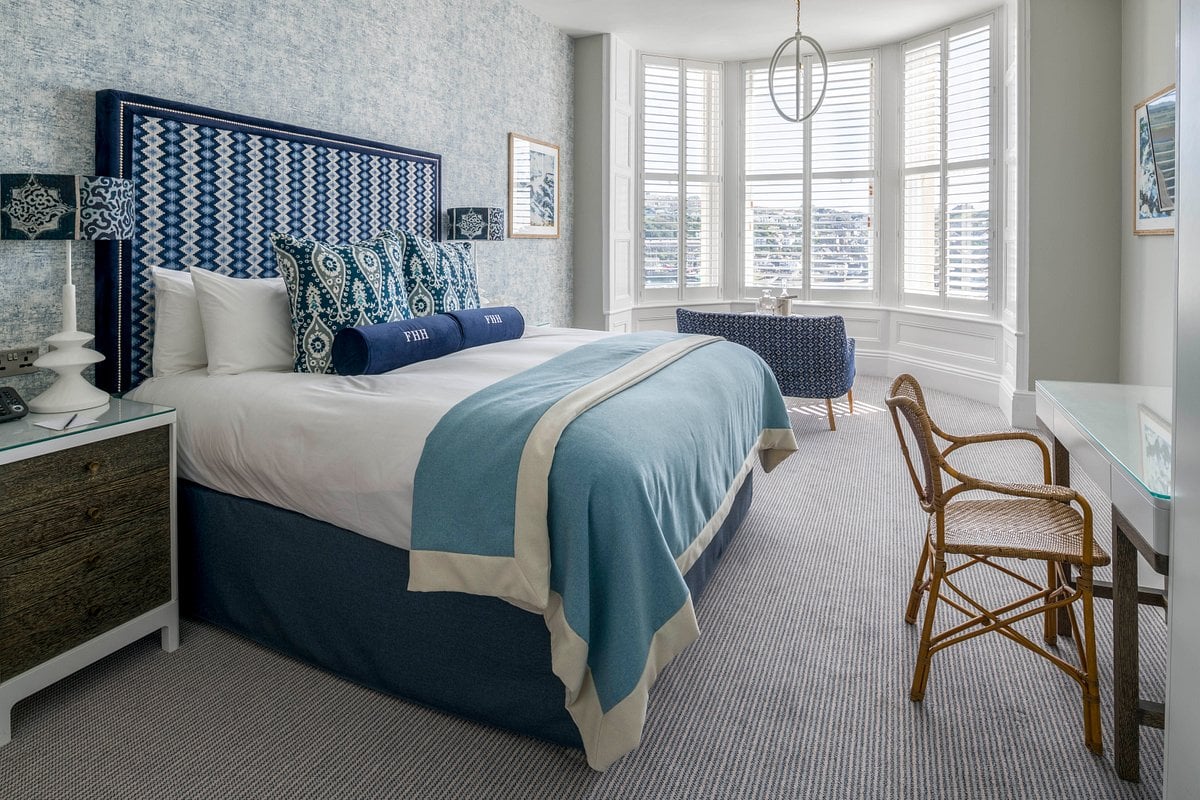

Days 3, 4
Hotel Tresanton
A charming cluster of houses on the harbor’s edge of St. Mawes, the contemporary Hotel Tresanton is a 30-room property that once held a place in high society as a sailing club. The creation of Olga Polizzi, one of England’s most renowned hoteliers, it is gracious, inviting, and elegant, and its eclectic interiors feature both traditional and modern furnishings, with an engaging blend of lovely mosaic, tongue-and-groove floors, and local art. Each of its un-air-conditioned rooms offers spectacular views across the Cornish Sea toward St. Anthony’s Lighthouse. The outdoor terrace of the restaurant, too, has wonderful waterfront vistas. Fresh seafood and farm-fresh dishes are served here and provide the perfect ending to a rewarding day of walking. Please note: this accommodation is available on limited departures.











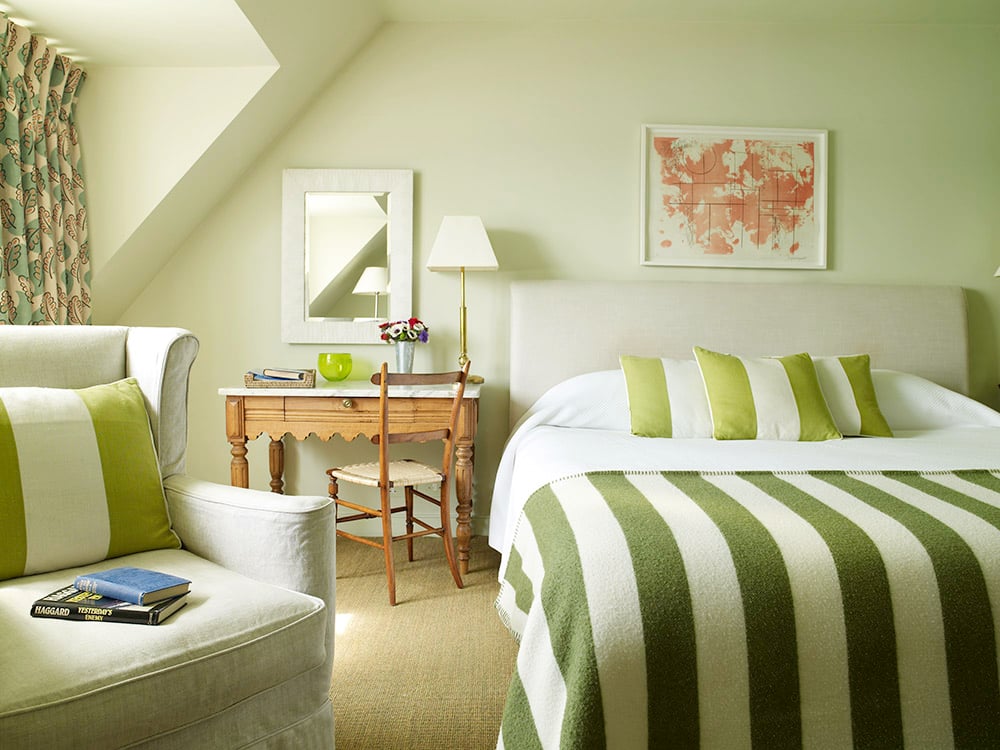

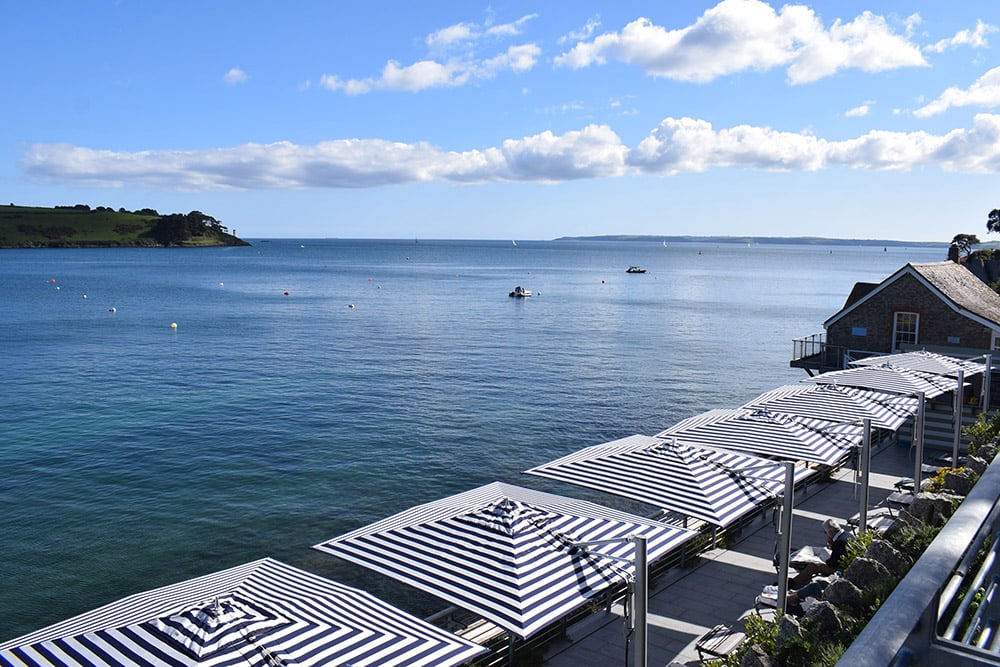



Days 5, 6
The Old Coastguard
Nestled in the lovely fishing village of Mousehole, this characterful, seaside restaurant-pub with rooms offers a laid-back vibe, simple comforts, and locally sourced cuisine. The 14 un-airconditioned rooms blend tongue-and-groove paneling, plaid fabrics, and colorful walls adorned with Cornish art. More cozy-coastal than super-stylish, rooms are comfortable and packed with homey touches: bathrobes, blankets, luxury toiletries, coffee, Cornish tea and biscuits, and books to curl up with. There are no in-room TVs, but all rooms feature retro Robert radios and WiFi. Most have sea views (even if just a glimpse), and some come with balconies. Downstairs is an award-winning restaurant and friendly bar, a hub of the local community where you’ll often find sandy toes, muddy paws, and many a local popping into the bar or chatting over Sunday lunch. The bright conservatory provides a space to relax with comfy sofas and a floor-to-ceiling glass front that leads out onto a sundeck, the ideal space for guests to while away the afternoon, taking in views across to St Clement’s Island and St. Michael’s Mount. A lovely garden with palm trees is also a plus, with a path leading to rock pools and seats. Please note: this accommodation is available on limited departures.











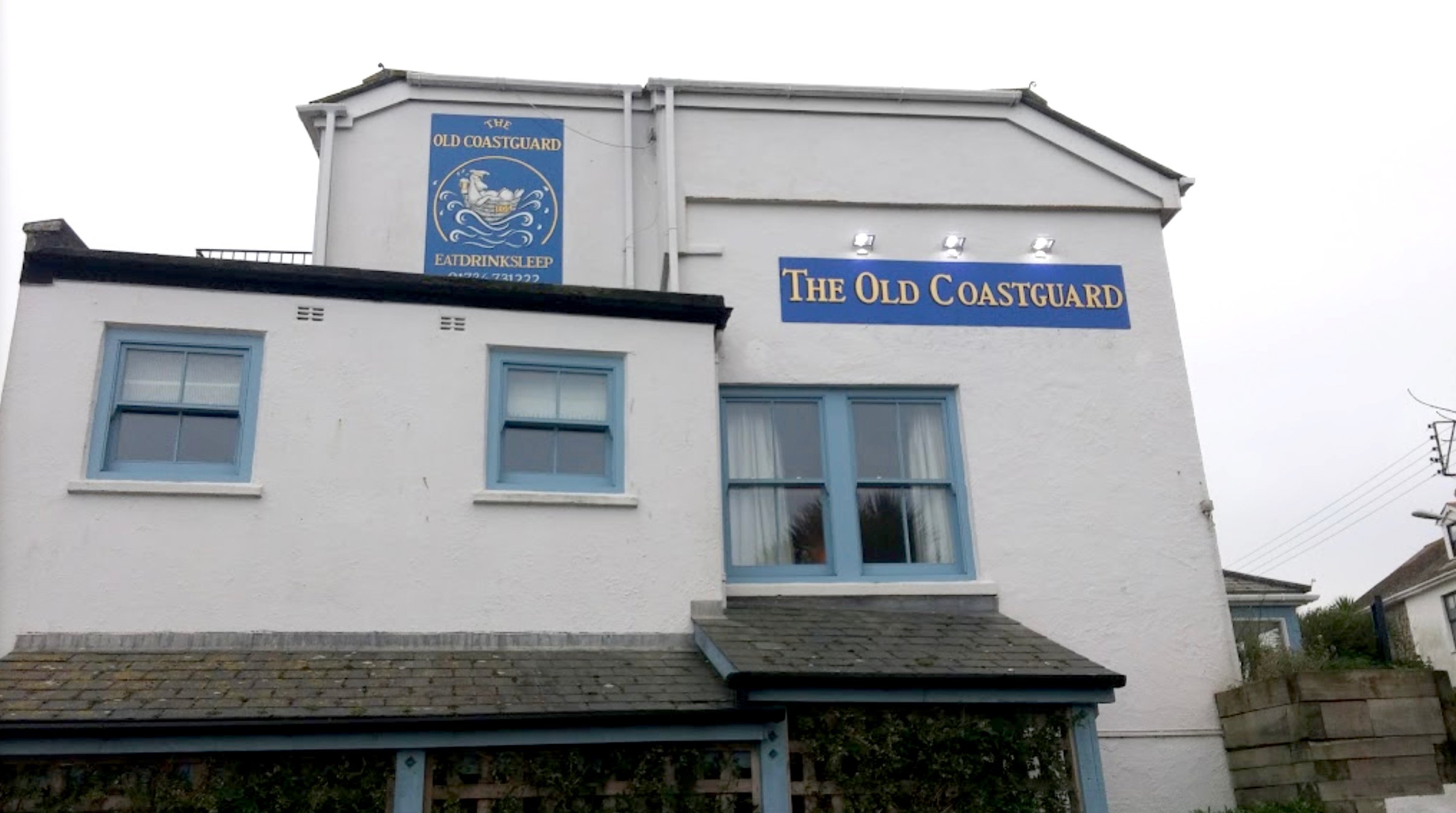

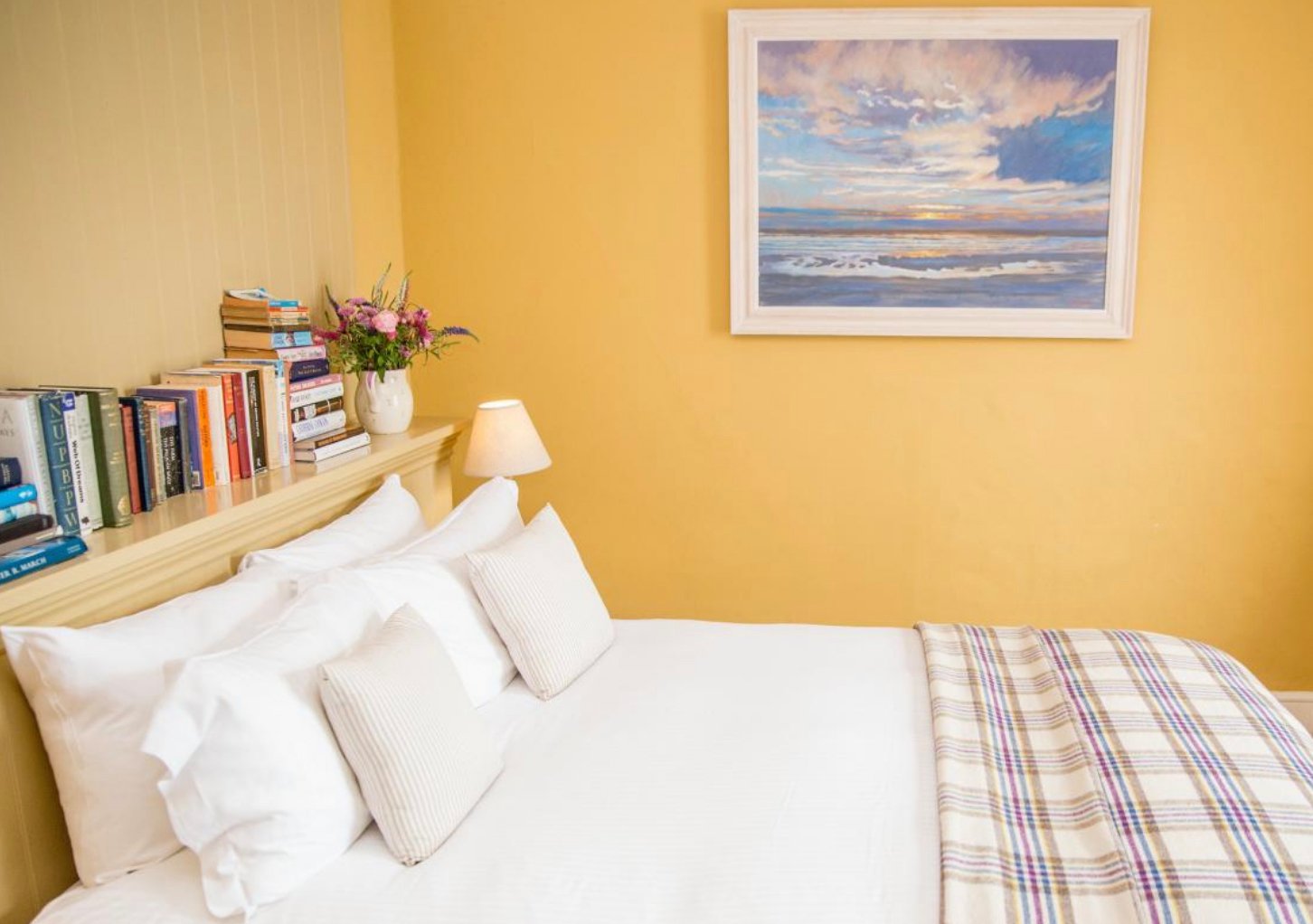

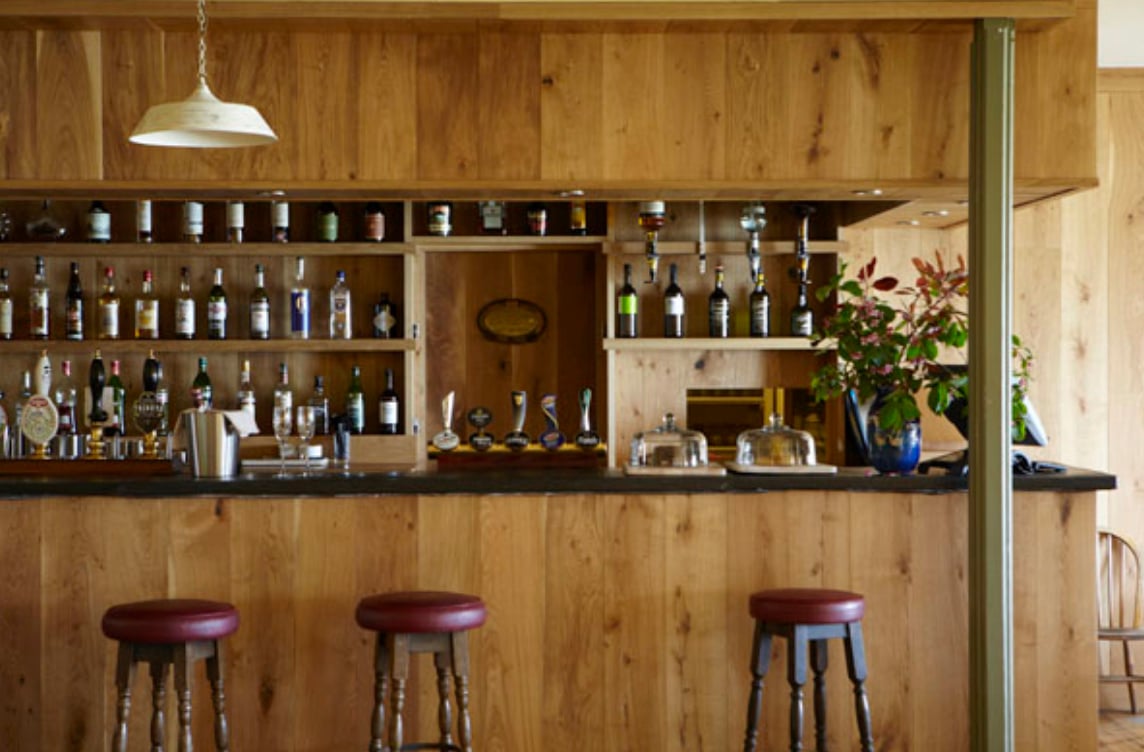

Day 7
Hotel Indigo Paddington
Located in a local West End neighborhood just a three-minute walk from Paddington Station, the Hotel Indigo is a sophisticated four-star boutique hotel. Its central location puts the best of Paddington at your doorstep, with Little Venice, the Wallace Collection, Lisson Gallery, Kensington Gardens, Hyde Park, Merchant Square, and Marble Arch just minutes away. Each air-conditioned room is well-appointed with all the amenities needed for a comfortable stay.







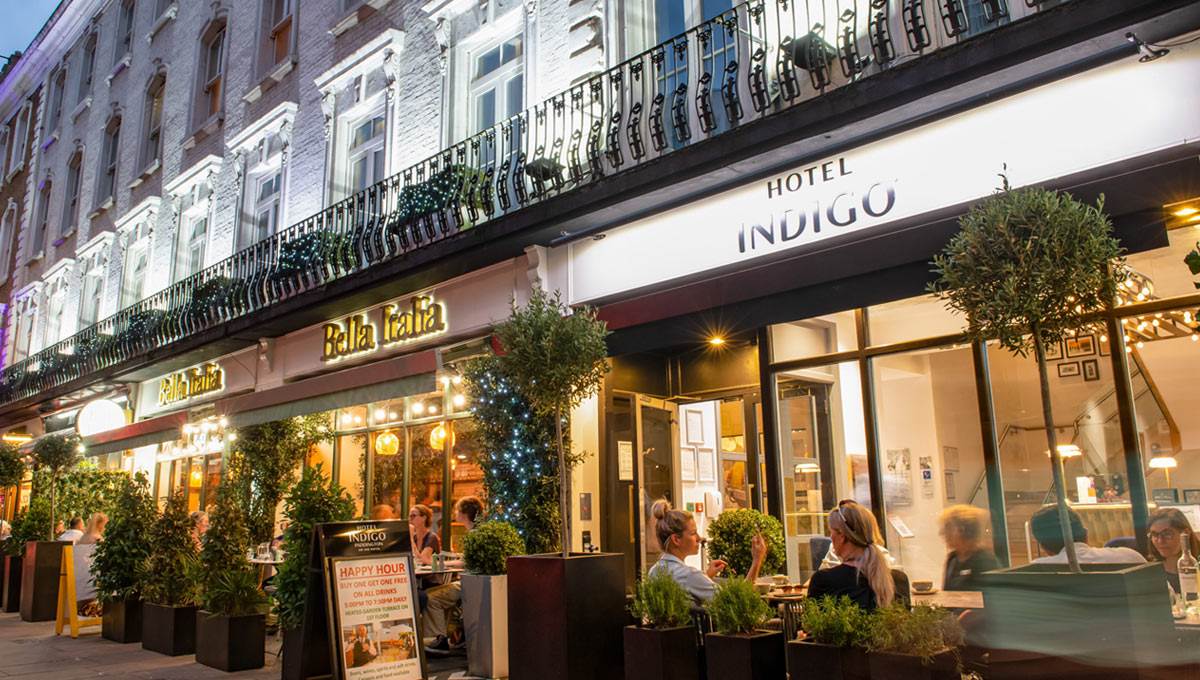

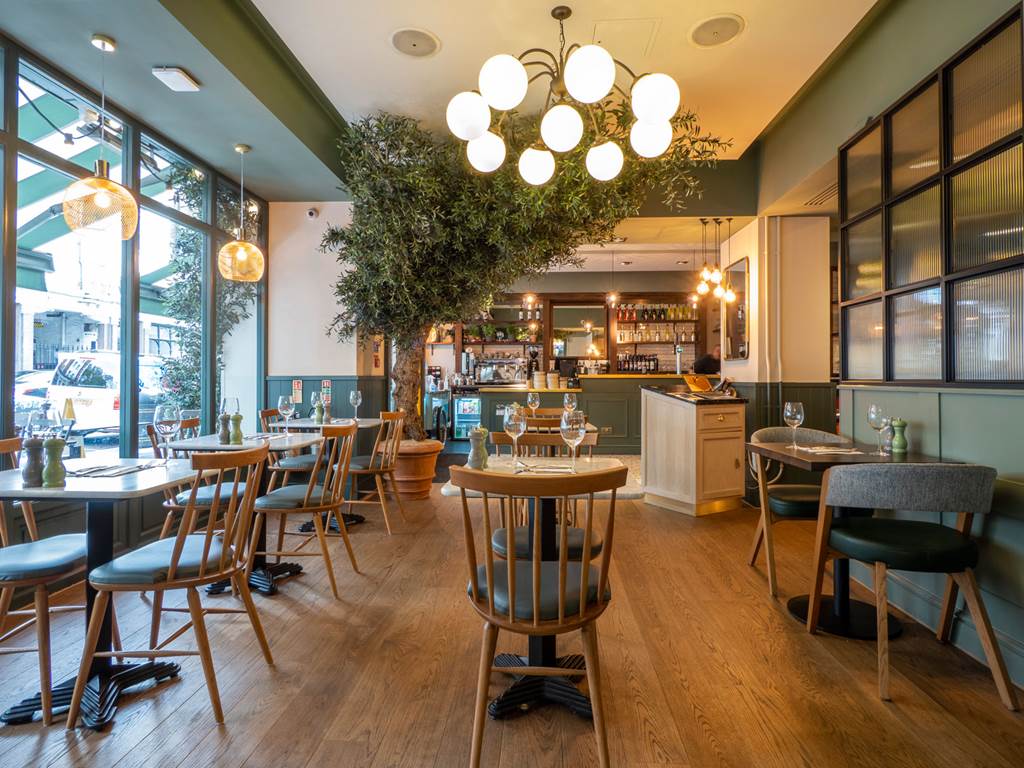







What's Included |
Tour Only | Air Package |
|---|---|---|
| Boutique accommodations |
|
|
| 8 on-tour meals: 6 breakfasts and 2 dinners |
|
|
| Ride with GPS (custom downloadable GPS route notes and turn-by-turn voice navigation; smartphone required) |
|
|
| Orientation meeting with a Country Walkers representative |
|
|
| Local representative available 24/7 |
|
|
| Scheduled on-tour taxi and luggage transportation (Please note: If unable to walk, it is possible to travel with your luggage from one accommodation to the next at no additional charge.) |
|
|
| Roundtrip international airfare | Not Included |
|
| Business-class upgrades available | Not Included |
|
| One extra night in Fowey and one extra night in London | Not Included |
|
| Pre- and post-tour breakfasts | Not Included |
|
| Detailed information for your independent travel to/from arrival and departure airports | Not Included |
|





Please note: Special savings cannot be combined with any other offer. Standard Terms & Conditions apply when purchasing this trip. Prices include all airline surcharges and Government taxes and fees. Ask our Tour Consultants for details. Every effort has been made to produce this information accurately. We reserve the right to correct errors. Prices are based on preferences selected above, including meals and sightseeing as specified in What’s Included. All prices are subject to change. Departure dates and prices shown may be updated several times daily, and apply to new bookings only.


This was a wonderful experience. To be outside enjoying the beautiful Cornwall coast, having the perfect CW guidebook in your hand, returning to your lovely hotel and a great meal. So much thought has gone into making this tour just right. I didn't do all the walks due to a foot problem (not blisters-I had great hiking boots) but did get to enjoy just walking around the villages, eating fish every day, chatting with the locals. Be sure to try a Cornish pasty! This is a self-guided tour and I hiked alone, which I prefer.
Bonnie
England: The Cornwall Coast
We have just returned from our trip to Cornwall, one of the most beautiful and unique world sites. We are a couple aged 87 and 80. We wish we would have hiked the area earlier but still so glad we did it. CW provided fabulous itinerary and hotels. We took the option of driving with our luggage to each site. We will also admit to shortening the hikes. But, no doubt, this is an exceptional trip and we loved it.
Mimi Berkshire, Peru, IN
England: The Cornwall Coast


0 of 4
Tours Selected
We highly recommend accessing our website using a different browser (such as Google Chrome, Mozilla Firefox, Safari, or Microsoft Edge). Microsoft is transitioning away from Internet Explorer and towards their new internet browser platform, Microsoft Edge. Because of this, you may experience limited functionality accessing this site using Internet Explorer.